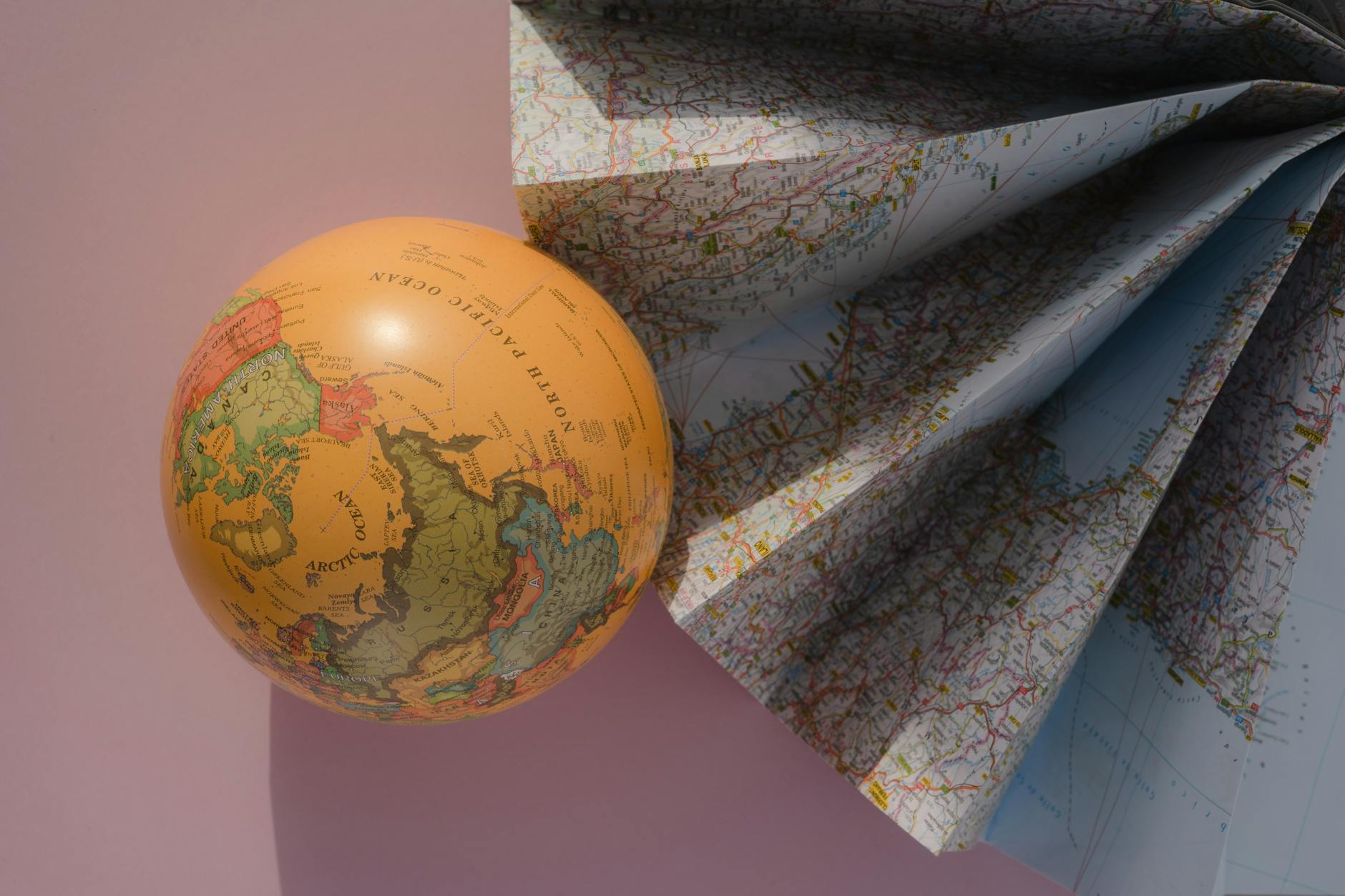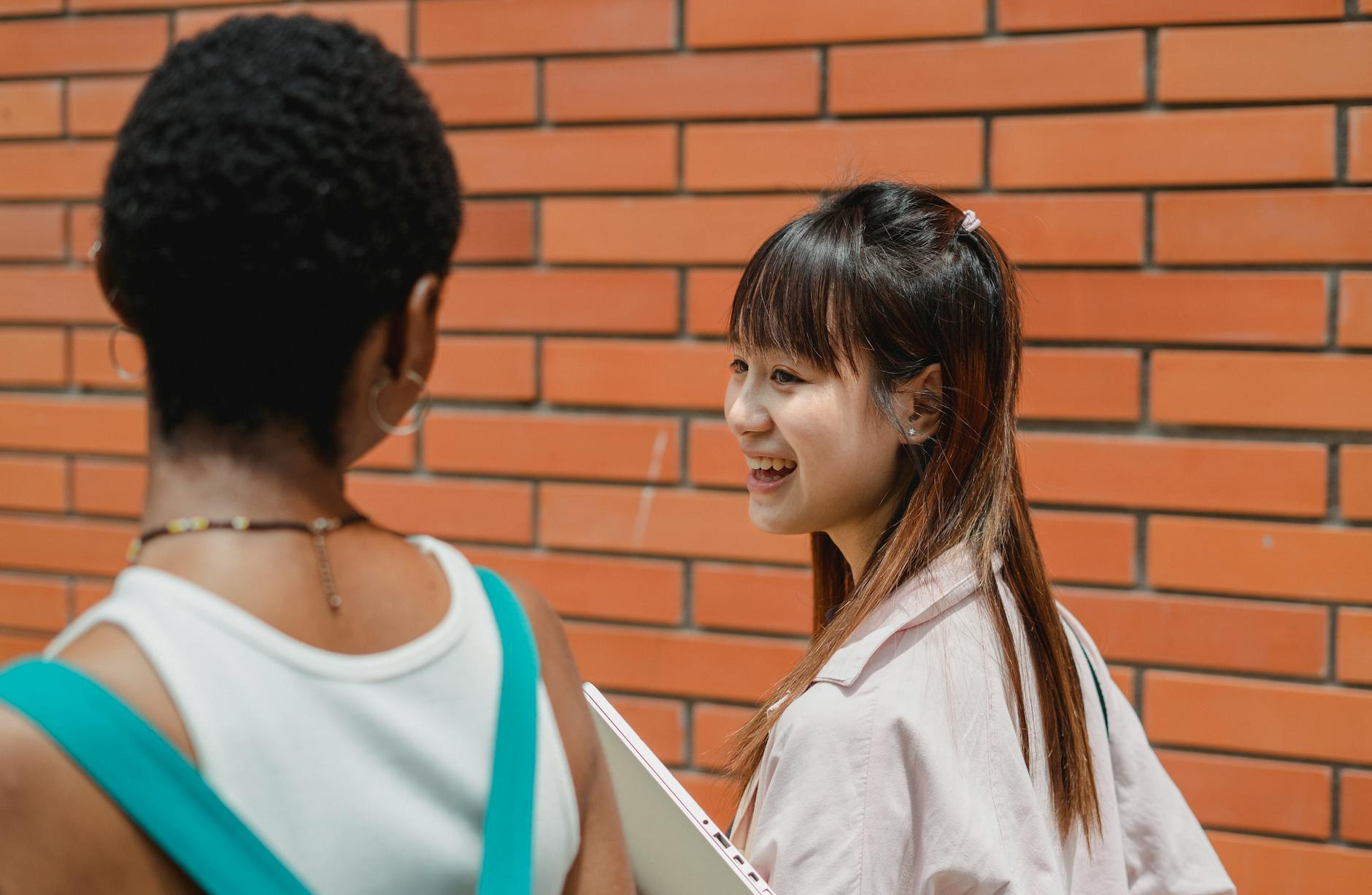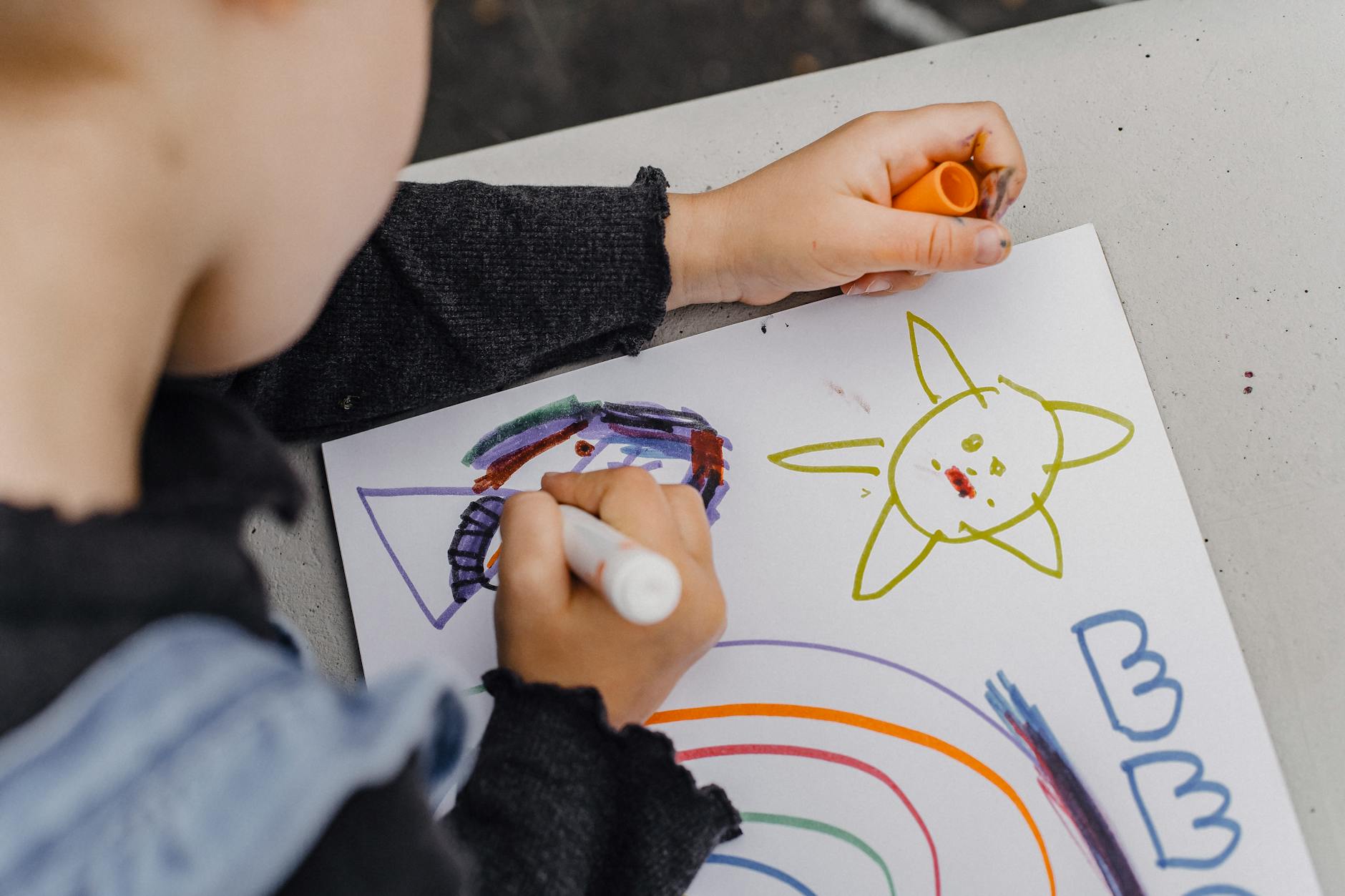What Makes Australia's Approach to Blending Arts and Cybersecurity Education Unique

Arts and Cybersecurity Convergence
Interdisciplinary Learning in Schools
As a photography and media arts teacher, I've seen how blending arts with technology can truly captivate students. When we look at the fusion of arts and cyber disciplines, interdisciplinary learning in schools takes on a transformative role. This integration not only sharpens creativity but also paves the way for engaging new modes of education. For instance, the Queensland Gallery of Modern Art often showcases how technology can enrich artistic expression, offering inspiration for innovative curricula.
Bridging Creativity and Technology
Bridging creativity and technology is no longer optional but essential. As educators, we can harness business administration courses to instil a strong foundation in digital literacy among students. Integrating cyber security elements into art projects can stimulate curiosity and critical thinking. Notably, cyber security courses online offer a wealth of knowledge that educators can draw upon to frame lessons that are both compelling and informative.
Impact on Student Engagement
The impact on student engagement is profound when we weave arts and technology together. Students are naturally drawn to projects that combine visual elements with technical skills. This approach enables them to connect more deeply with the material, ensuring the retention of complex concepts. Furthermore, educators who possess a certificate III in business are well-equipped to guide students in understanding the broader business implications of these skills. By nurturing these interdisciplinary talents, we prepare students for a future where adaptability and innovation are key.
Australia's Innovative Curriculum
The blend of traditional arts with contemporary technological elements in Australia's educational program marks a transformative leap for students. In schools from South Bank Parklands to broader Brisbane, unique educational strategies are reshaping how we think about learning. As a photography and media arts teacher, I've seen firsthand how these strategies merge creativity with technology. Through a blend of interactive sessions, hands-on projects, and programming courses, students are exposed to diverse subjects and skill sets. This educational innovation encourages not just rote learning but a deeper understanding of concept application.
Case Studies from Schools
Taking cues from diverse educational landscapes, Australian schools have crafted tailored programs that reflect local cultural and social nuances. A pertinent example is the integration of the certificate 3 in individual support with tech-forward subjects. This balance helps students develop not just practical abilities but also improves their adaptability to ever-evolving job markets. Schools have observed that this hybrid approach not only better equips students for workforce demands but also enhances their personal growth.
Student Success Stories
Reports from educators confirm rising student success stories, illustrating the effectiveness of this curriculum. Students who engaged with the certificate 3 in business and new tech courses have landed promising opportunities, evidencing the curriculum's substantial impact. It isn't just about acquiring knowledge; it's about enabling students to envision their futures with a toolkit derived from both the arts and sciences. This dual focus not only fosters creativity but ensures students leave the education system ready to tackle real-world challenges.
Benefits for Students
Fostering Critical Thinking
Engaging with both art and technology provides students with an arena to expand their critical thinking skills. As they interact with various digital platforms, students are encouraged to think constructively and analytically. Incorporating technology like a Diploma of Information Technology into the arts curriculum equips students with the tools needed for intricate problem-solving. This bridge between arts and technology helps develop a mindset that values questioning and curiosity. What's more, educational environments, such as Brisbane's Queensland Gallery of Modern Art, are testament to how art collections can stimulate thoughtful interpretations when combined with tech-driven narratives.
Enhancing Problem-Solving Skills
For students, integrating technological elements into the arts is akin to opening a new toolbox. It encourages them to design innovative solutions for complex problems. As a photography and media arts teacher, I've seen firsthand how technology integration enables students to understand abstract concepts more clearly. Online learning platforms, offering a plethora of online courses, serve as an excellent resource for students to delve deeper into specific aspects of media arts, embedding problem-solving as a core skill in their learning journey. This approach prepares them for real-world challenges where adaptability is key.
Cultivating Adaptable Mindsets
The intersection of arts and technology cultivates students' ability to adapt in diverse settings. Today's fast-paced world demands rapid adaptability, and introducing technology within arts education allows students to navigate this fluidity confidently. The synergy of creative processes with tech tools not only sparks interest but fortifies the students’ capacity to transition seamlessly across disciplines, an essential trait in any field.
Challenges in Implementation
Overcoming Resource Limitations
In my experience as a photography and media arts teacher, one obstacle we regularly encounter is the scarcity of resources. Schools often grapple with budget constraints that impact access to indispensable technology and materials for burgeoning programs like the diploma in cyber security. These financial hurdles can stall valuable technology integration in arts education, making it challenging to keep up with industry advancements.
Creative resource reallocation and community partnerships can help alleviate this issue. By engaging with local businesses, leveraging grants, and exploring government funding, schools can bridge the resource gap. Collaborations with nearby institutions, like the Queensland Gallery of Modern Art, could also provide invaluable access to technology and creative resources.
Addressing Educator Readiness
Educator readiness is another critical barrier. Many educators, even those in dynamic environments, may find themselves hesitant or unprepared to adopt a curriculum involving both arts and technology. A certificate such as the Certificate IV in Mental Health can aid in preparing educators by providing a robust foundation in understanding diverse student needs, fostering a more holistic educational approach.
Providing professional development workshops tailored to enhancing technological fluency is essential. These workshops should focus on practical applications that enhance both teaching methods and student engagement.
Aligning with Industry Standards
Lastly, it's essential to align educational standards with industry needs. Forming partnerships with tech companies and industry leaders can ensure that the skills taught are relevant and current. This collaborative approach helps prepare students for real-world applications, ultimately making the learning experience more meaningful.
Recognising these challenges and addressing them strategically will lead educators to more effectively integrate technological innovations in their curriculum, enhancing the overall educational experience.
FAQs
Educator Challenges and Solutions
Overcoming challenges in integrating media arts with cybersecurity can feel like navigating the bustling streets of South Bank Parklands. One common query is how to adapt existing curricula. With resources at our disposal, such as workshops at the Queensland Gallery of Modern Art, educators can find innovative methods to bridge art and technology. Developing courses that combine creative storytelling with digital security informs students without overwhelming them. Use tools like personal cyber security awareness videos to illustrate these concepts engagingly.
Addressing Student Concerns
Students often wonder about the practical implications of merging arts and cybersecurity. They're eager to know how these skills apply beyond the classroom. Encouraging visits to the Roma Street Parklands can spark creativity and offer real-world scenarios where problem-solving meets artistry. Additionally, by showing how projects like technology integration in education can lead to dynamic career opportunities, you can alleviate their worries about future prospects.
Looking Ahead: Future Trends
As we gaze into the horizon of educational innovation, interactive exhibitions at places like the Queensland Gallery of Modern Art provide a glimpse into evolving media landscapes. Embracing trends such as artificial intelligence photography techniques and virtual reality in classrooms will give students an edge. By integrating these technologies, educators can transform classrooms into vibrant hubs of learning, ensuring students are prepared for a future where art and cyber interact seamlessly.


